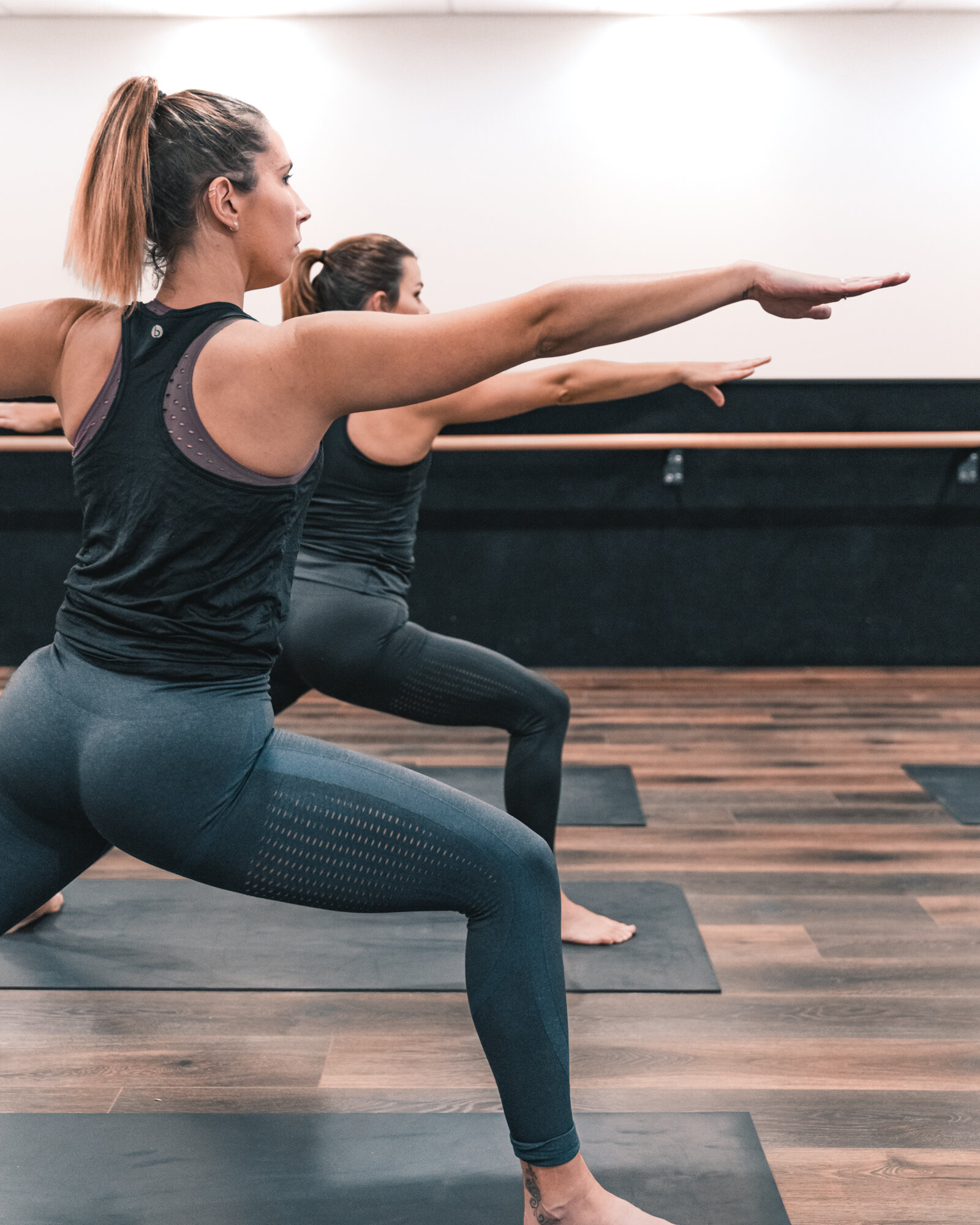A Complete Guide to Vinyasa Yoga
You know that yoga is good for you. But it can also seem rather confusing. There are so many different types and, even when you try to research them you come up against terms and concepts that are bewilderingly unfamiliar. In this article, we avoid the confusion to provide you with a complete overview of one of the most popular and easily accessible forms of yoga – Vinyasa.
What is Vinyasa Yoga?
Vinyasa yoga is a form of yoga that emphasises continuous movement. That movement is linked with breathing and is referred to as flowing. There are different translations of the word Vinyasa, with the two most common being “movement with the breath” and “to place in a special way.” It incorporates elements of the practice of mindfulness combined with movement.
The concept of flow combines breath and action. As an example, your instructor may tell you to follow a pattern of inhaling as you raise your arms and exhaling as you lower them. There are also specific ordered movements that are considered to be Vinyasa flow. An example of this would be to begin in the chaturanga pose and then transition into upward facing dog and then downward facing dog.
Vinyasa yoga began in the early part of the 20th century. It is now very popular around the world and is generally more free-form than other styles. The key difference between Vinyasa and other types of yoga is that the focus is not solely on the pose but also on the transition between the poses. As a result, in this style you do not hold the poses for as long as you would in other styles.
Vinyasa is more active than most forms of yoga. Therefore, it provides a better cardiovascular workout. Most Vinyasa classes will last for 60 minutes. Within that time, you can expect to work off around 400 calories. Of course, this will vary according to the intensity level of the class and your own experience level.
A Great Stress Reliever
Vinyasa yoga has proven itself to be a very effective treatment against stress and anxiety. A large body of research shows that it has the ability to lower the body's production of the stress hormone, cortisol. It, along with other forms of yoga, also improves the emotional and mental well-being of the practitioner.
What Type of Vinyasa is Right For Me?
One of the great things about Vinyasa yoga is that it is provided in a number of different formats. This allows you to choose the type that is best for your needs. For example, you may choose to do a class that is centred around the development of strength. Other classes are more cardio-based. Within each of these types, you will be able to find classes to meet your experience level.
As with any type of yoga, you will need to experiment to determine whether or not the particular class that suits your needs. First and foremost you should listen to your body. If you find yourself positioning your body in a way that seems completely unnatural or that causes pain these may be signs that this type of class is not for you. You need to especially be aware of how your body is responding when performing Vinyasa, as the speed of movement is greater than other forms of yoga.
Establishing the mind-body connection is the key to success with Vinyasa yoga. So rather than just moving from one position to the next, you need to think about every centimetre of movement that your body is undertaking.
Ready to Take a Class?
Book into our Exhale Studio online or via the app.

